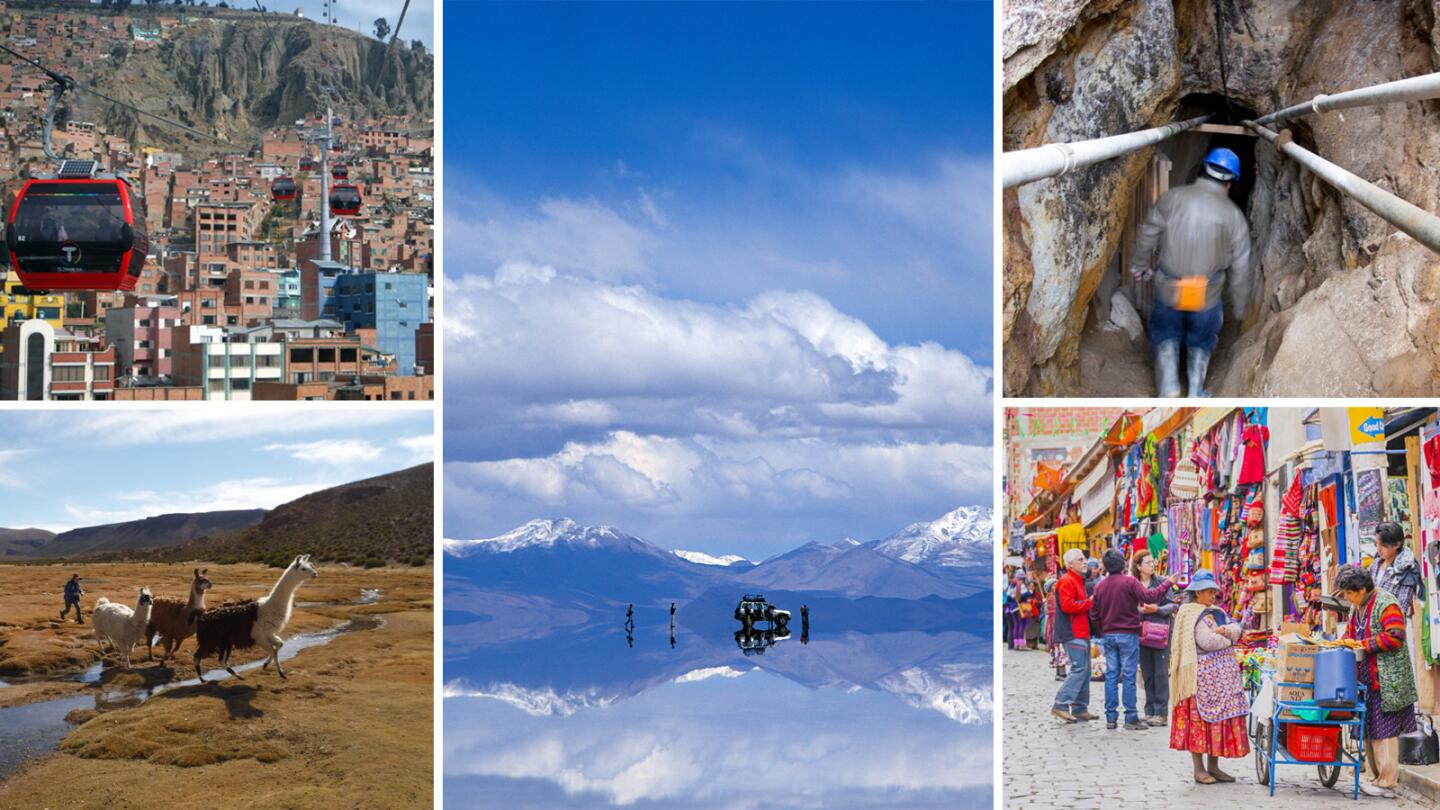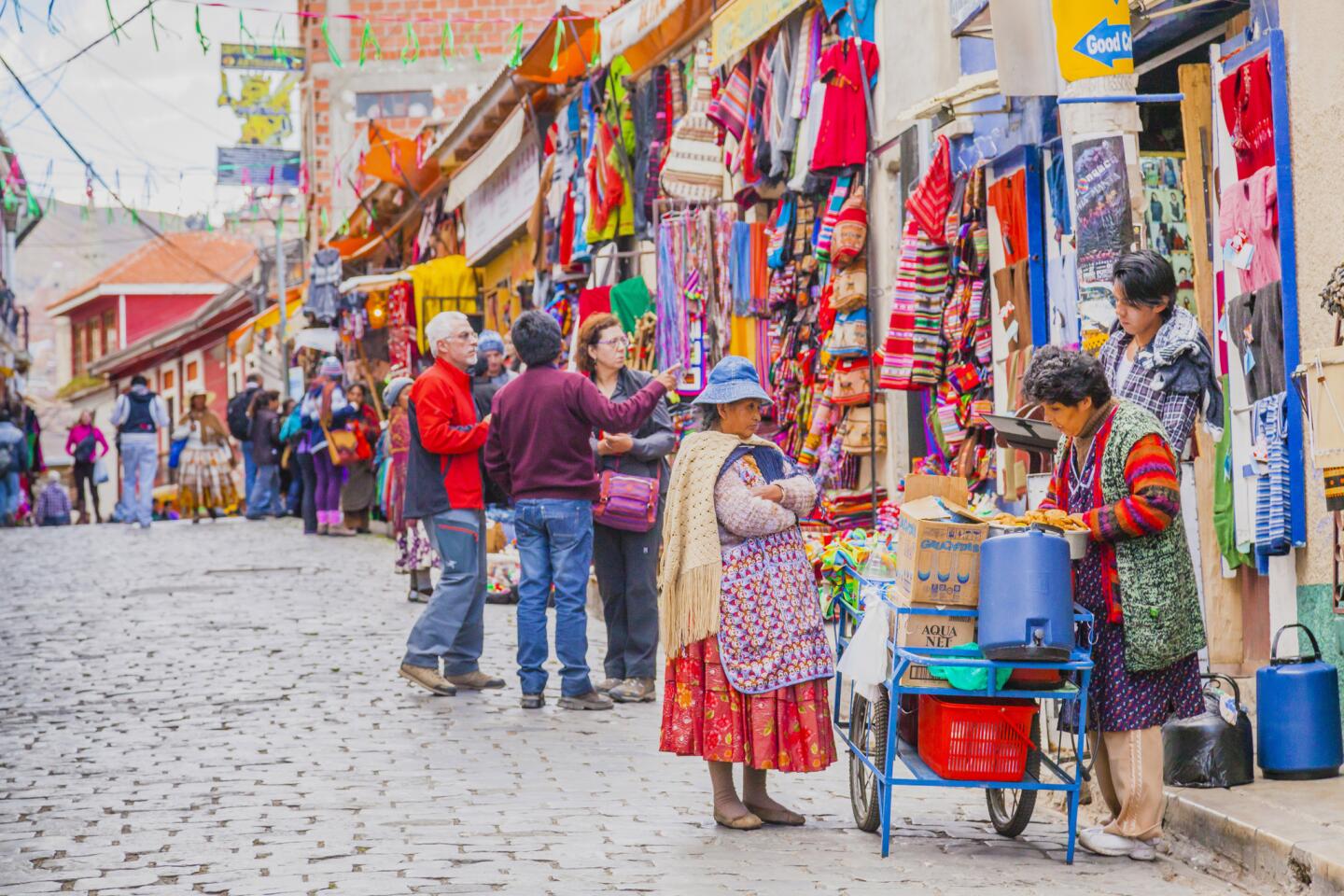
The stalls in La Paz, Bolivia, are a good stop for souvenir hunters.
(JTB Photo / Getty Images)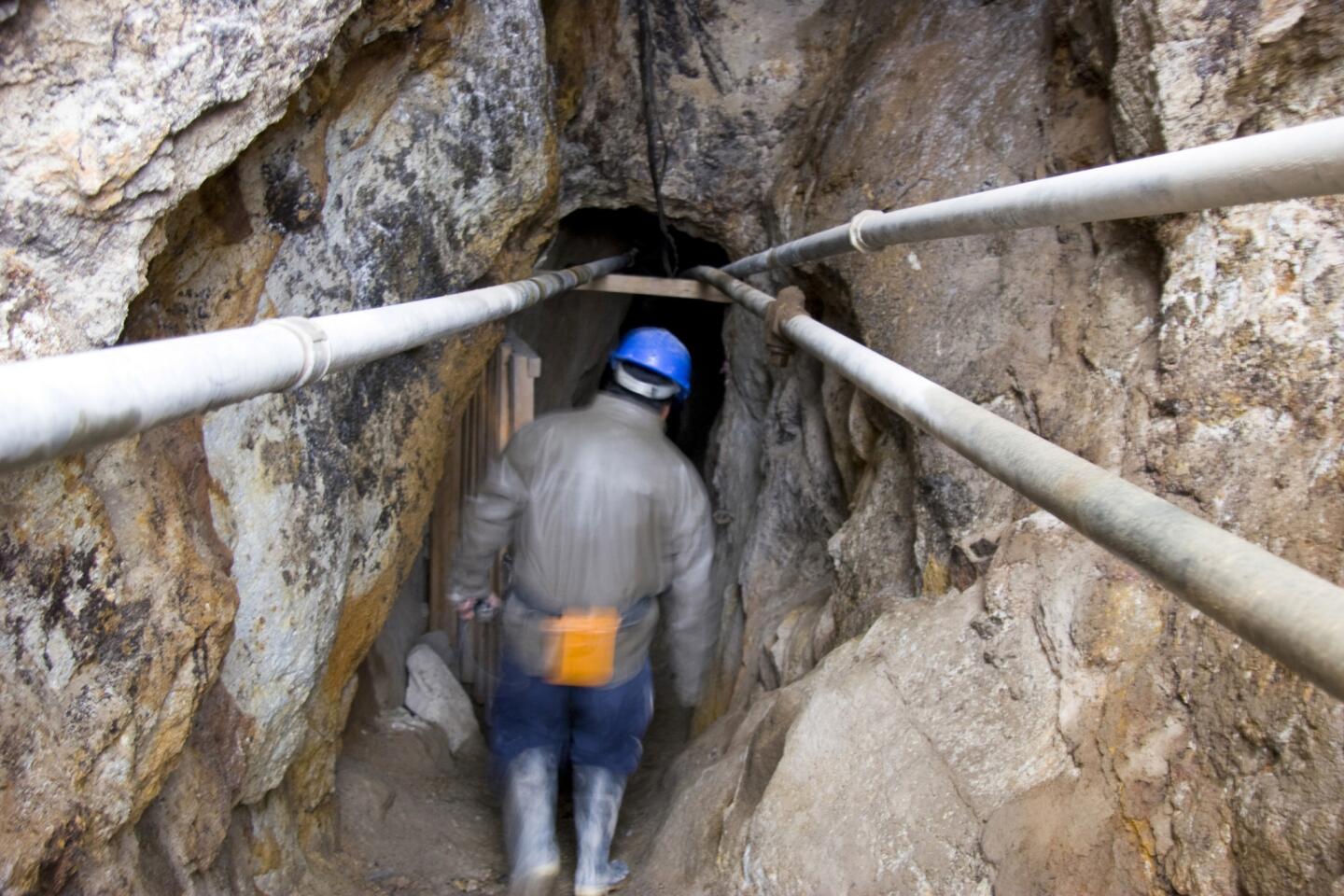
A miner enters the silver-laden Cerro Rico in Potosi.
(Danita Delimont / Getty Images/Gallo Images)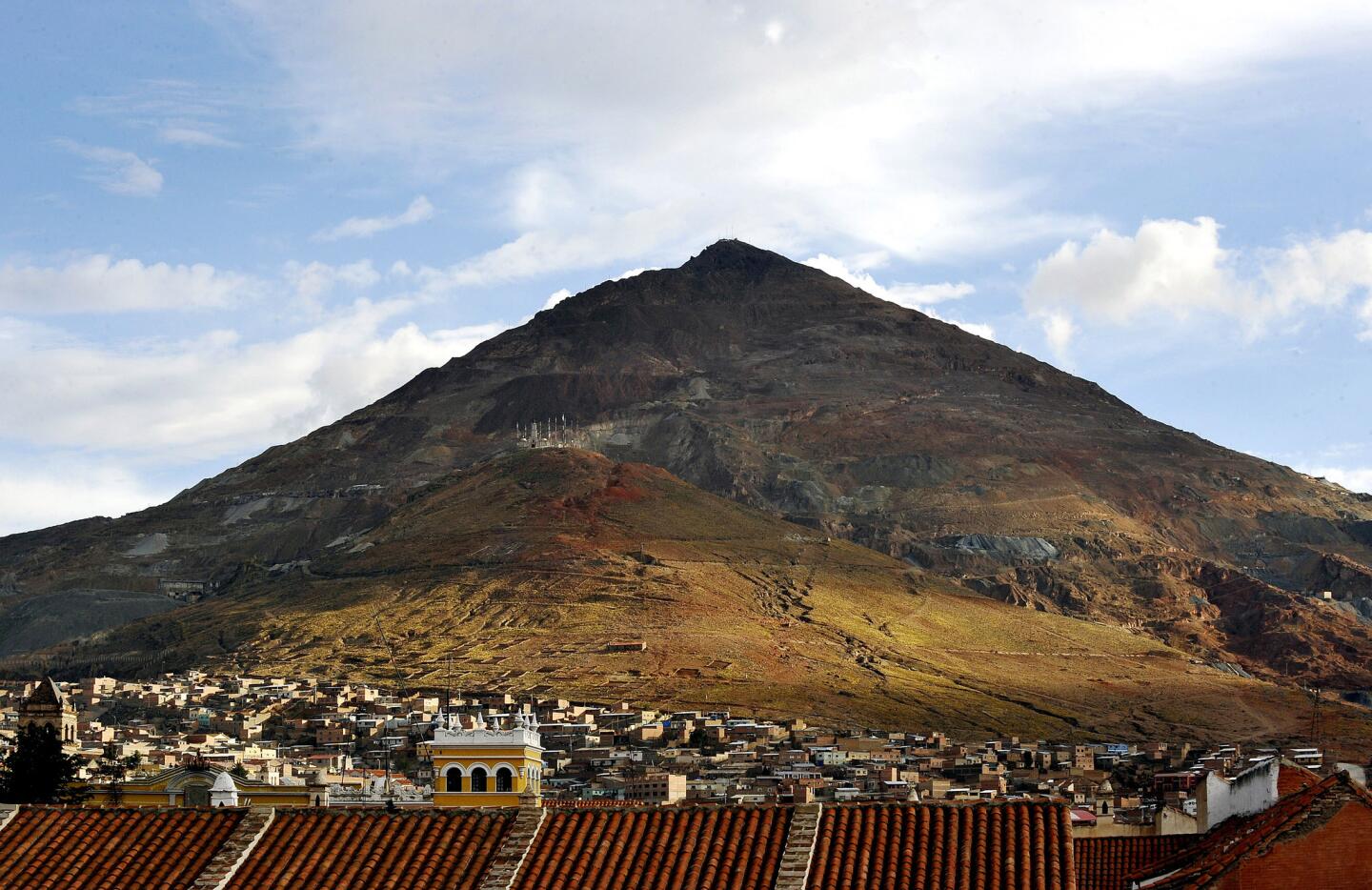
Potosi’s Cerro Rico -- called Sumaj Urqu (majestic hill) in native Quechua -- fueled the Spanish empire for hundreds of years. At one point the mountain was 80% silver. Today, miners still extract silver and zinc and brave tourists can visit the mines.
(Aizar Raldes / AFP/Getty Images)Advertisement
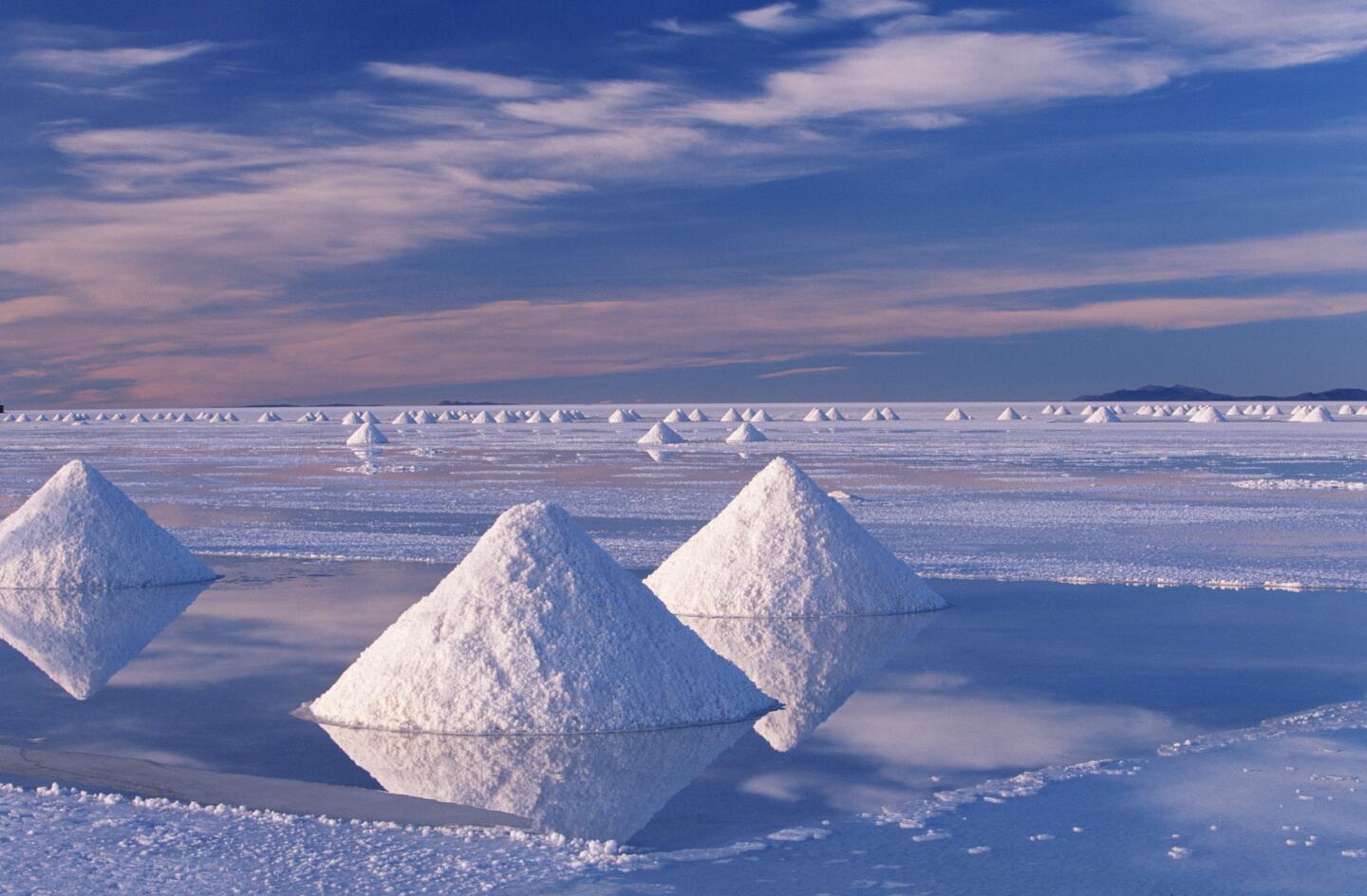
The salt deposits in Bolivia’s Salar de Uyuni make interesting shapes amid an ethereal landscape.
(Art Wolfe / Getty Images)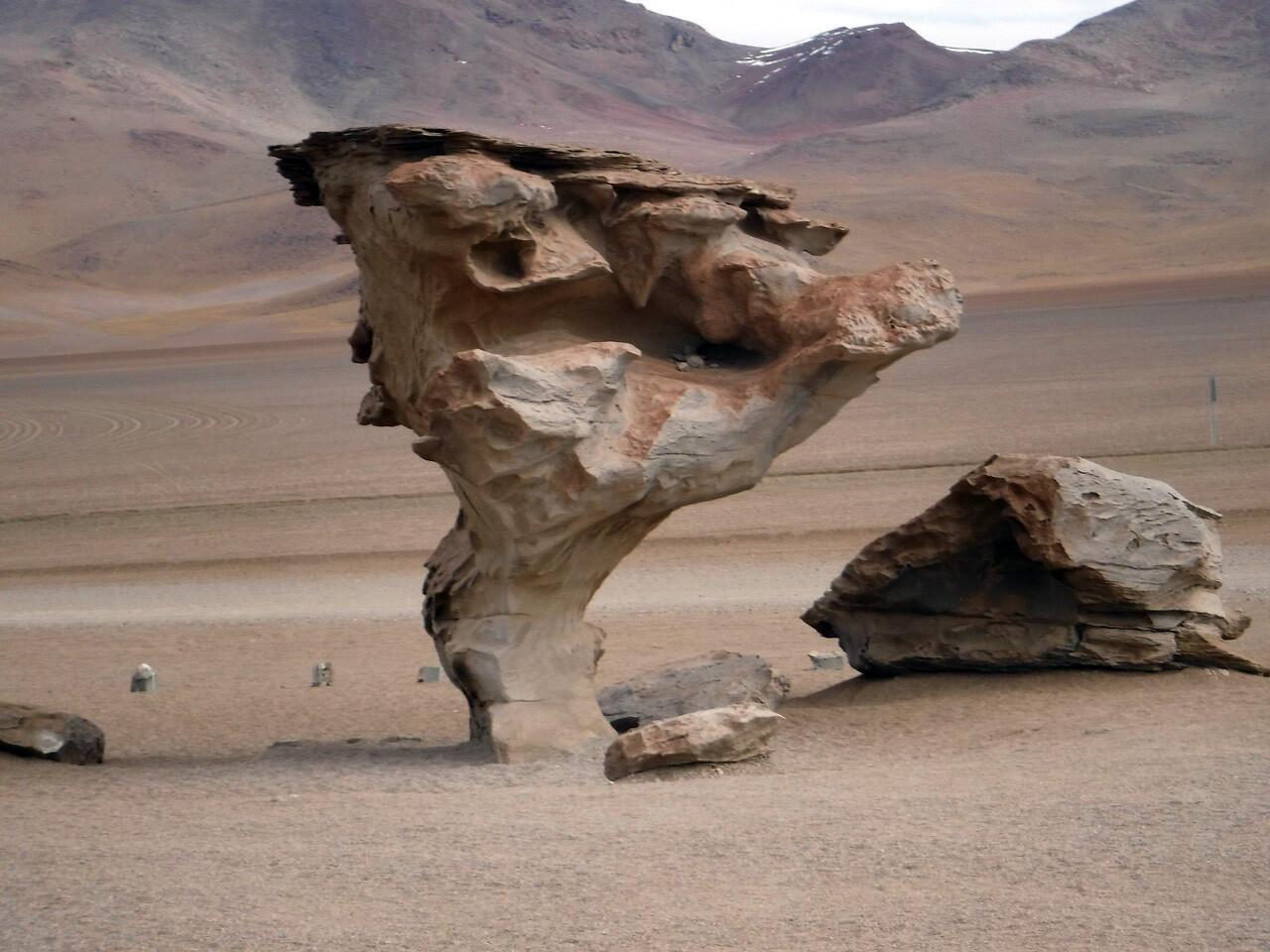
Rocks sculpted by wind in the Altiplano. Temperatures drop below freezing during the winter months of July and August.
(Hilary MacGregor / For The Times)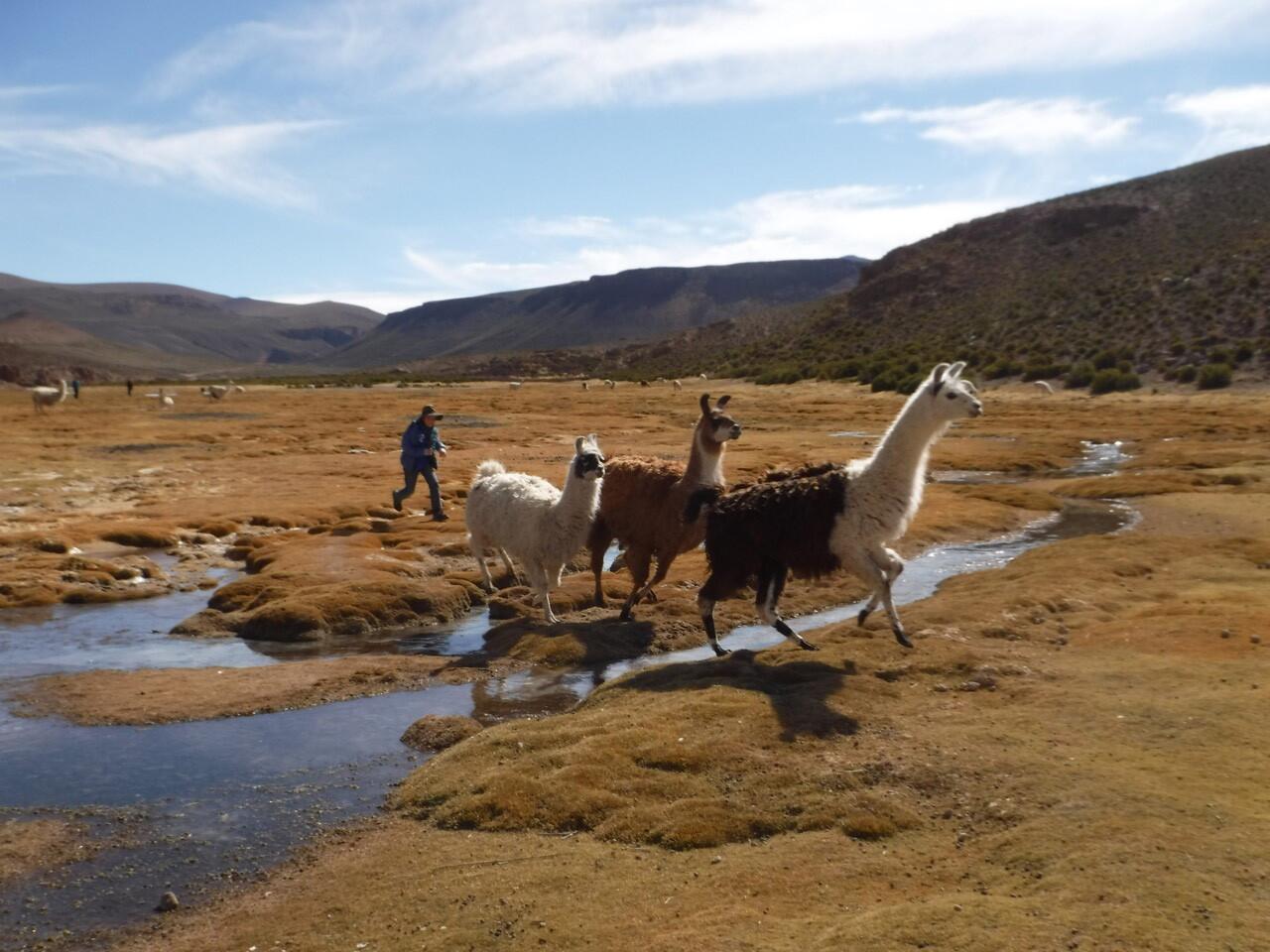
Tourists on a three-day Jeep tour from Uyuni through Salar de Uyuni and the Reserva Nacional de Fauna Andina Eduardo Avaroa stop to chase llamas.
(Hilary MacGregor / For The Times)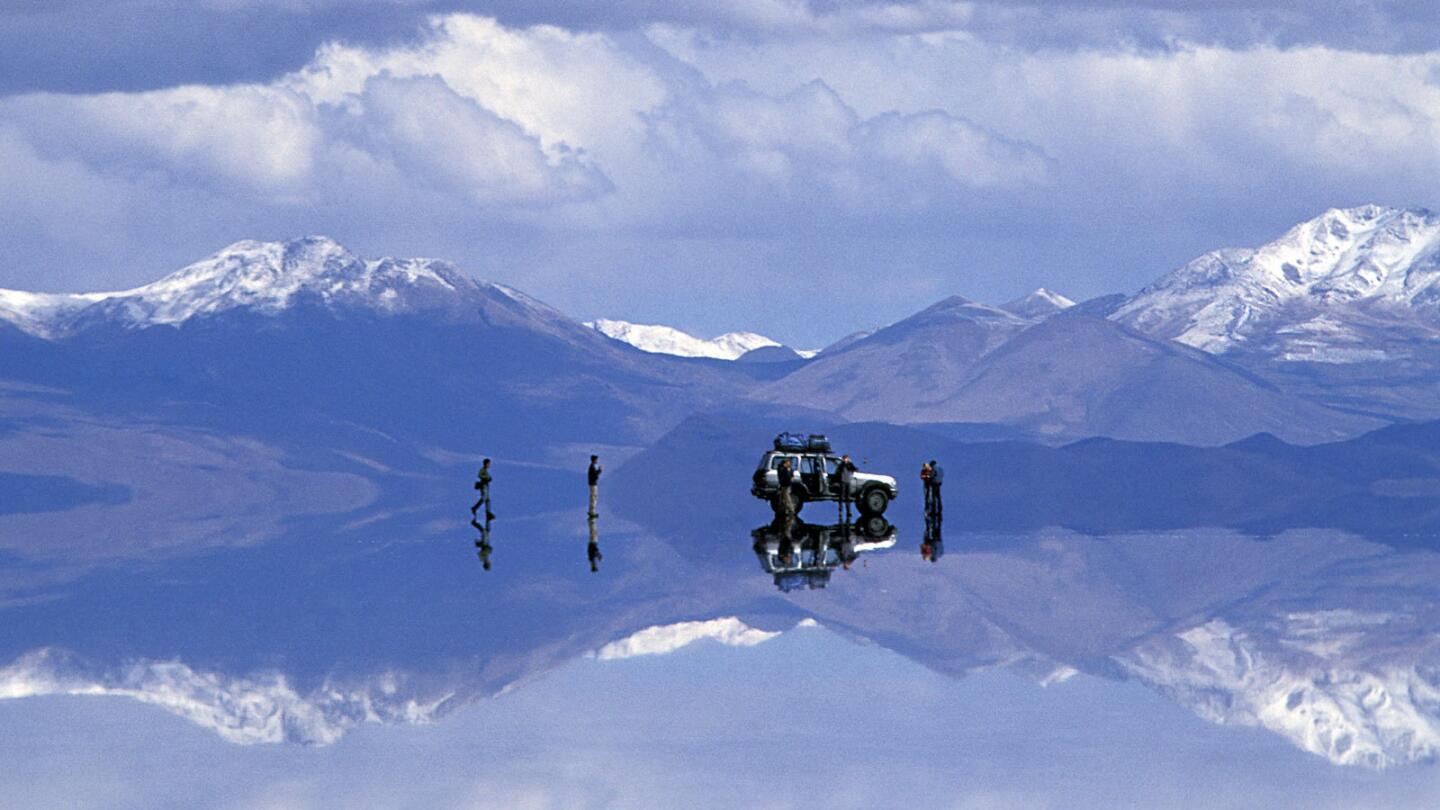
The salt flat of Salar de Uyuni, which stretches for more than 4,500 square miles, and the surrounding mountain peaks make for stunning optical illusions.
Advertisement
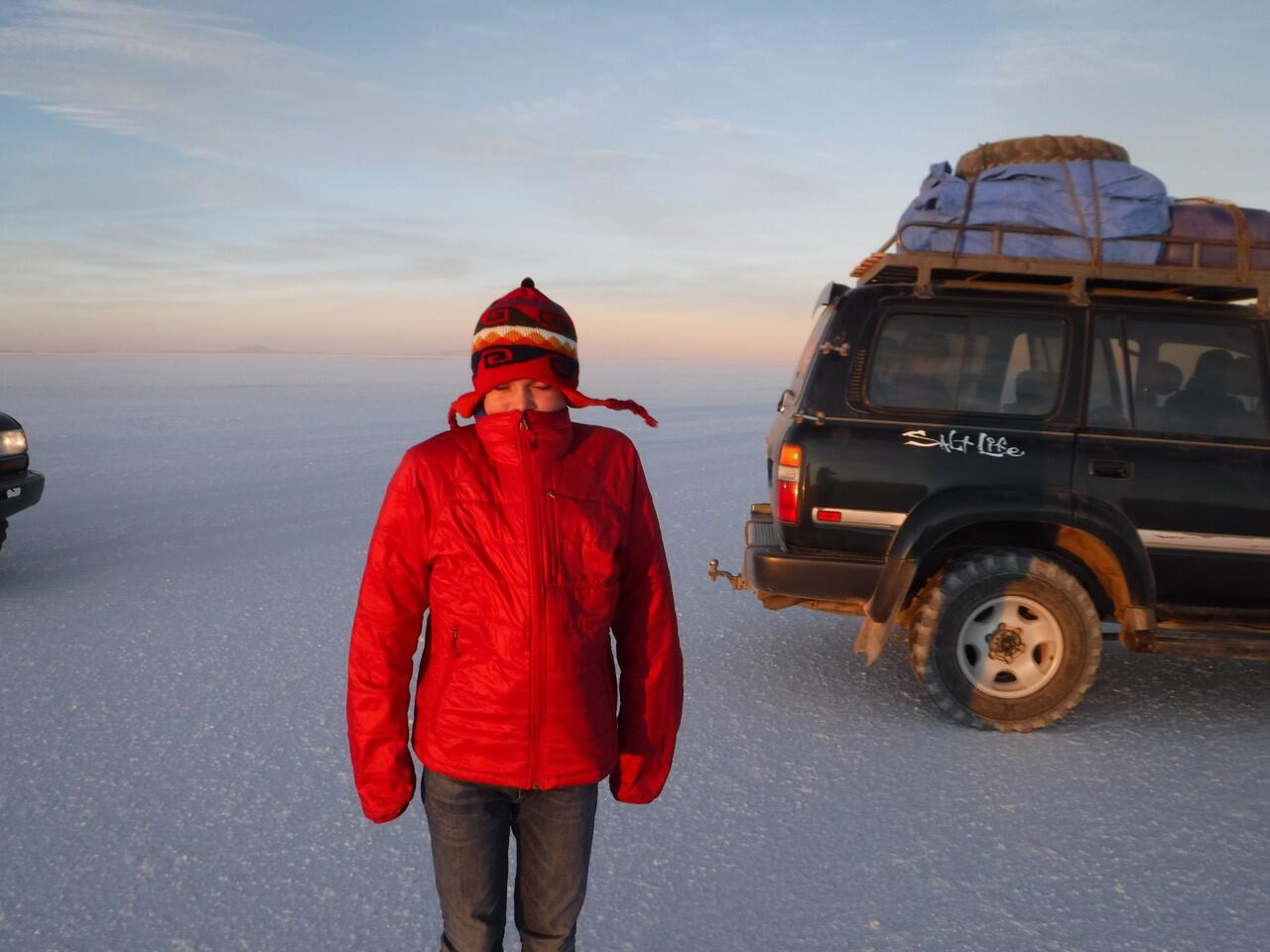
Jeep tours take adventurers on a three-day circuit of Salar de Uyuni, a salt flat that stretches for more than 4,500 square miles on top of the world in the southwest corner of Bolivia near Chile and Argentina.
(Hilary MacGregor / For The Times)